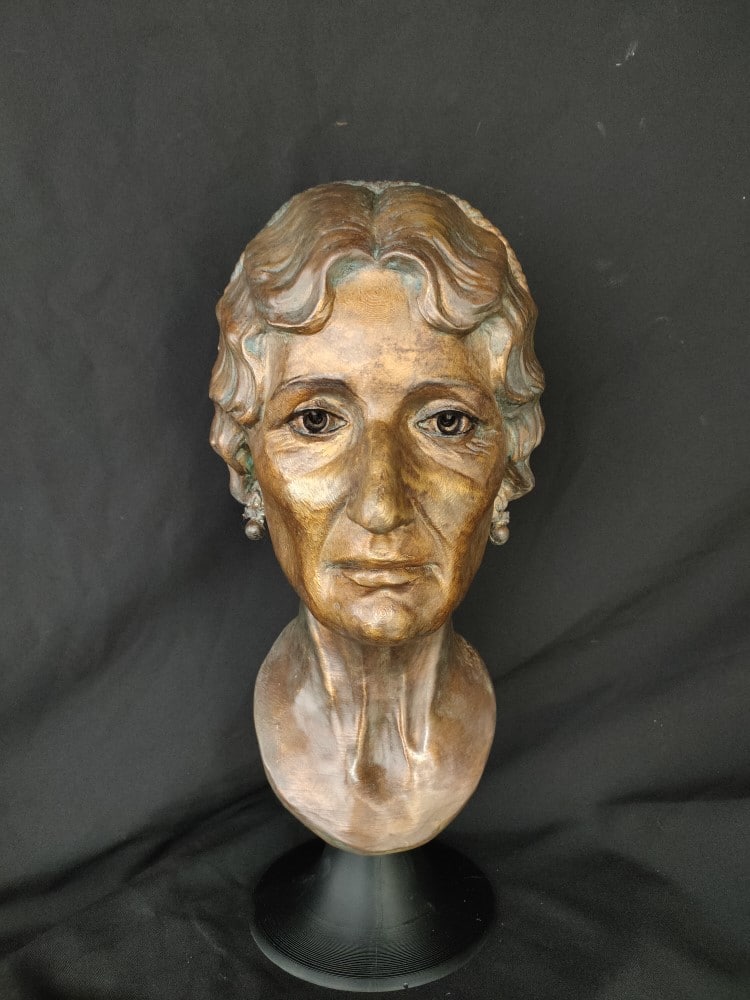
A mummy in an Australian high school? It sounds unlikely, but it’s actually true. While there are differing accounts as to why Grafton High School owns a mummified head, the artifact is certainly genuine. And now, thanks to forensic sculptor Jennifer Mann, we are able to see what this woman, who researchers estimate lived in Egypt between 332 BCE and 395 CE, looked like.
Mann, who works with Melbourne’s Victorian Institute of Forensic Medicine, prepared the facial reconstruction after the mummified remains were analyzed with a CT scan. The scan data allowed researchers to 3D print a skull, which Mann then used as the basis for her sculpture. It also showed that the woman was between 50 and 60 years old when she died. Given that the brain was fully removed and the mummy included gold leaf, it’s highly likely that the woman was also quite wealthy.
To complete the reconstruction, Mann styled the woman’s hair in the Greco-Roman style that would have been popular during her lifetime. The original clay sculpture was then 3D printed in polymer resin, which Mann covered in a bronze patina to bring out the facial features. Now, this final portrait of the woman will go on display next to the remains.

3D printed skull
“It takes the emphasis off the human remains,” says Mann, who has produced several facial reconstructions based on mummified remains. “And that’s very important, because museums are more and more reluctant to display the remains of ancient people.”
So, how did a mummy from Egypt end up in Australia for over a century? A note dated July 11, 1960, states that the specimen was over 2,000 years old and “was donated [in] about 1915 by the late Dr T.J. Henry.”
“He purchased it when [he was] a medical student in Edinburgh, before the end of last century.”
Dr. Henry was a prominent physician in Grafton, and at that time it wouldn’t have been unusual for someone from the British Empire to study medicine in Scotland. During that period, England was in the midst of Egyptomania. This obsession with all things related to Egyptian culture made it relatively simple to find artifacts, including mummified remains.
Interestingly, when a local news outlet spoke to Dr. Henry’s grandson about the story, doubt was cast on the veracity of the note. The physician was apparently meticulous about keeping a journal, yet there was no mention of a mummy in the journals his grandson now owns.

Plaster sculpture in progress
“I’ve got mountains of information, but I don’t have anything about the skull,” he said. “This is the first I’ve heard of it. It’s never been talked about in the family, to my recollection.”
Another theory points to a Grafton-born man named Sir Grafton Elliot Smith. Smith was a prominent Egyptologist who, according to Grafton High School history teacher Simon Robertson, studied upwards of 6,000 mummies. Roberson hypothesizes that Smith could have brought the mummy back to Grafton when he came to his hometown to speak about his work around 1914 or 1915.
“The mummy appears at Grafton High School at about that exact time … Maybe—and this is just a maybe—Sir Grafton Elliott Smith did bring along some curiosities with him to show off,” Robertson says. Although there is no hard evidence that Smith made this gift, it’s just another piece of the mystery to be solved. And now, thanks to Mann’s work, even more people are aware of its existence.
No matter how you feel about an Egyptian mummy in Australia, Mann’s hard work in bringing this woman to life is admirable. In doing so, she brings us one step closer to history. Mann adds, “I hope that the finished sculpture will mean that people will be interested in her as a person.”
Forensic sculptor Jennifer Mann brought to life a 2,000-year-old mummy found in an Australian high school.
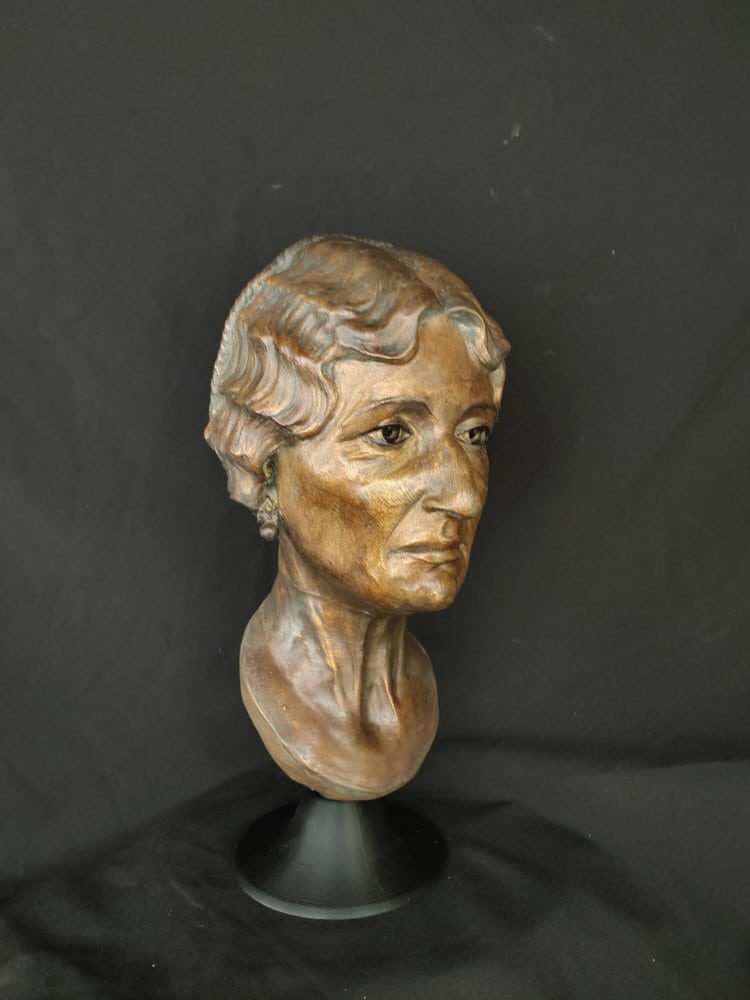
She built out the facial features thanks to a 3D-printed skull made from CT scan data.
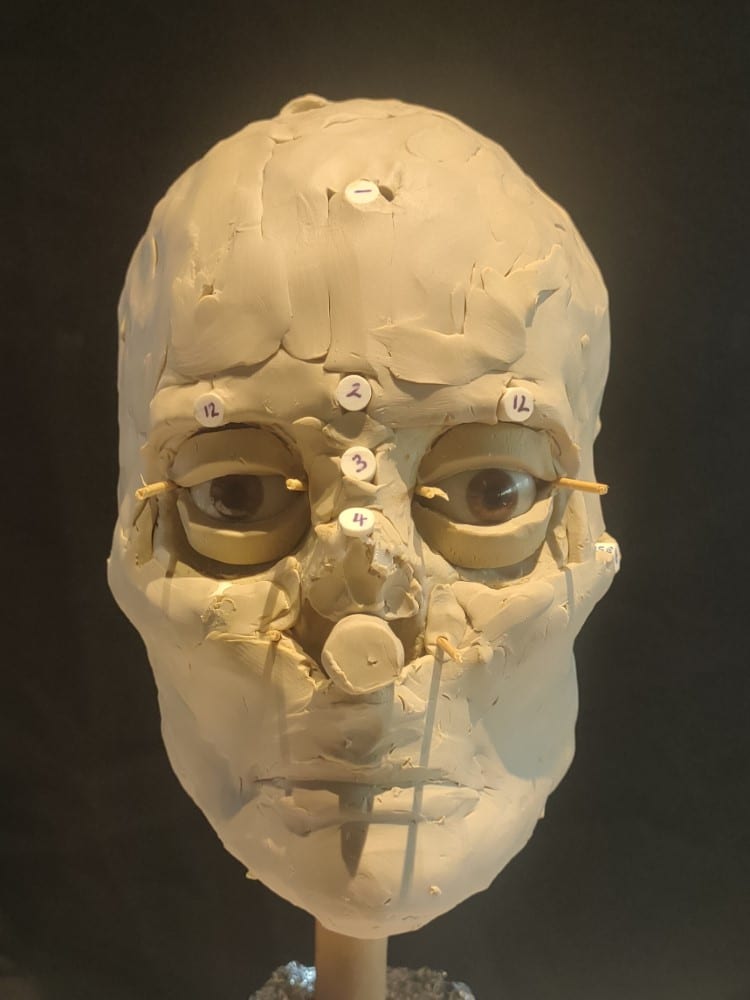
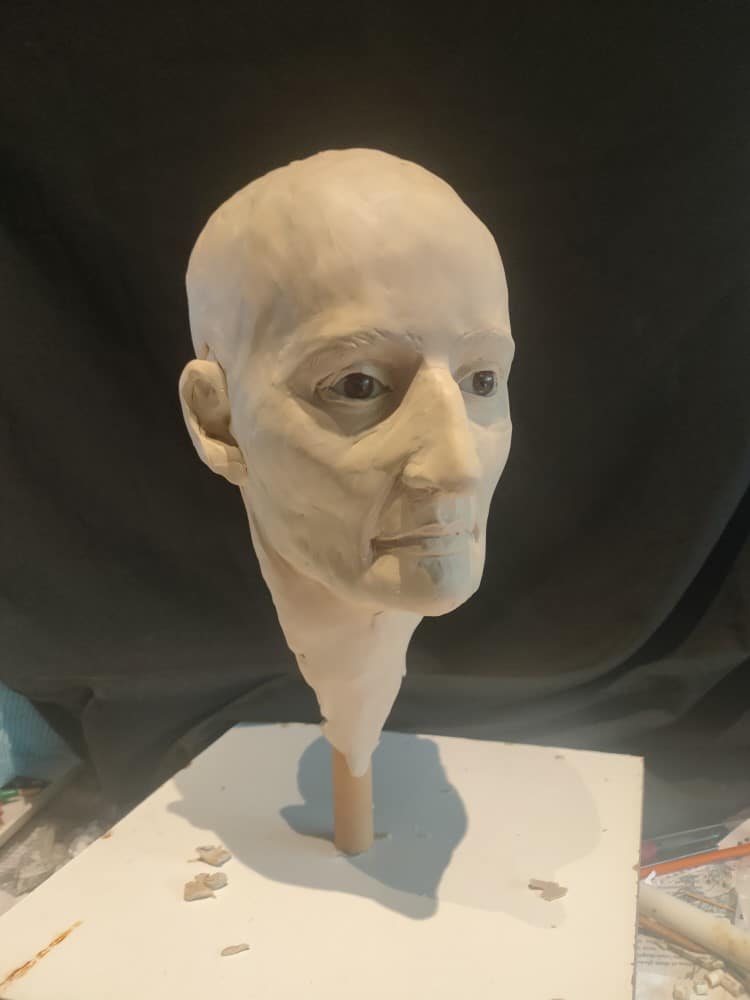
Mann has previously worked on facial reconstructions based on historical relics.
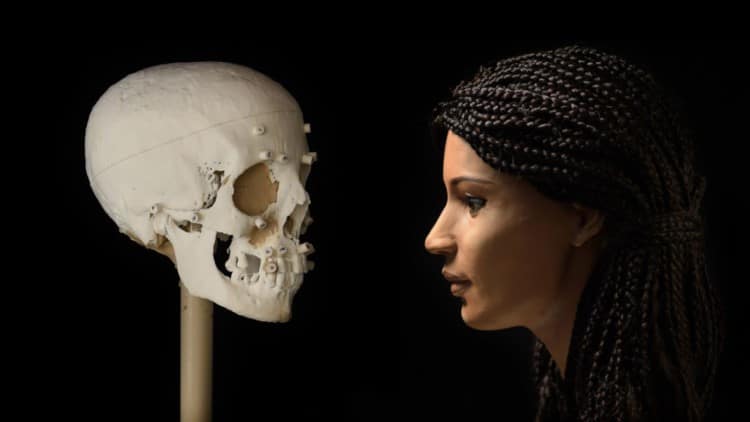
2016 reconstruction of the head of an ancient Egyptian woman dubbed “Meritamun.” (Photo: Paul Burston).
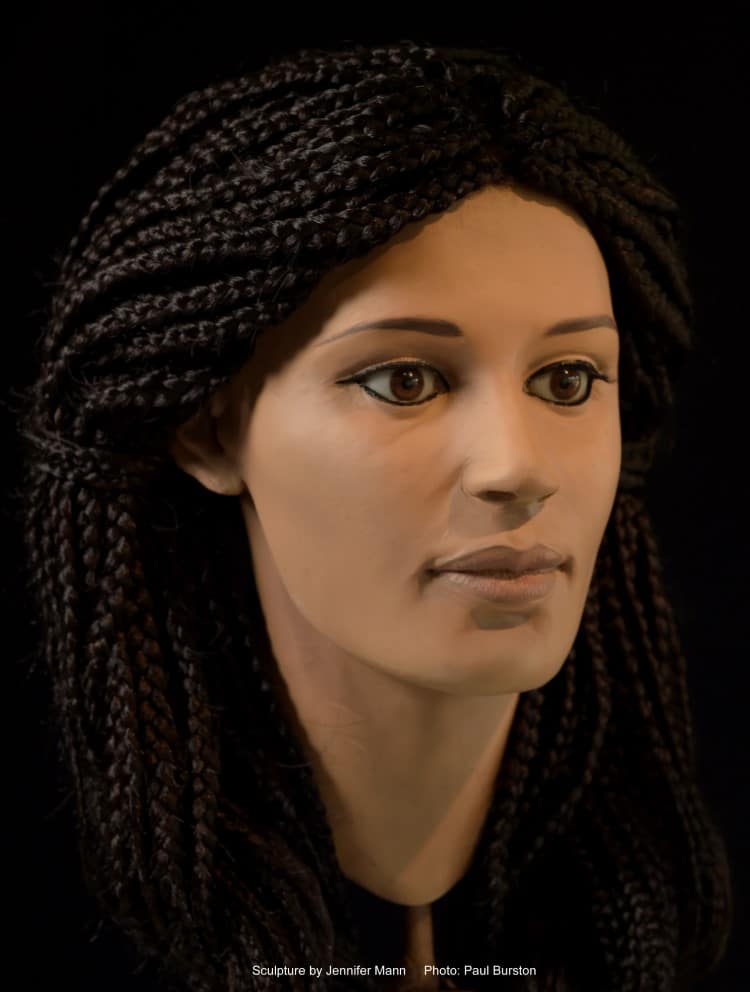
2016 reconstruction of the head of an ancient Egyptian woman dubbed “Meritamun.” (Photo: Paul Burston).
Her plaster sculpture is then printed in resin and covered with a bronze patina to bring out the facial features.
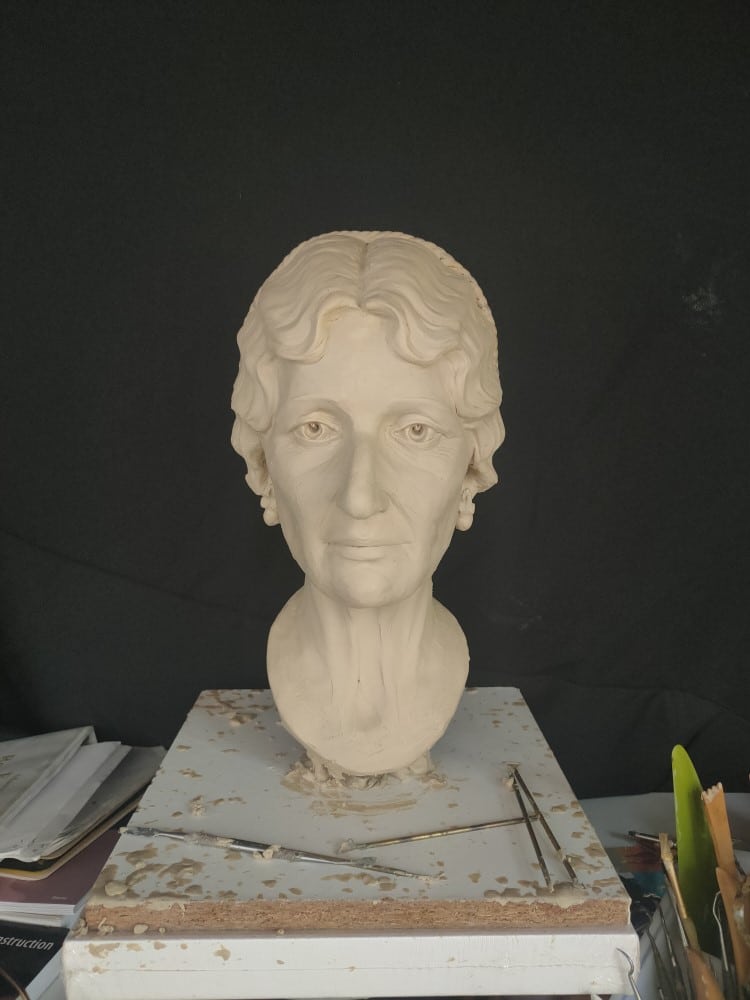
Researchers estimate that this wealthy woman was in her 50s or 60s when she died.
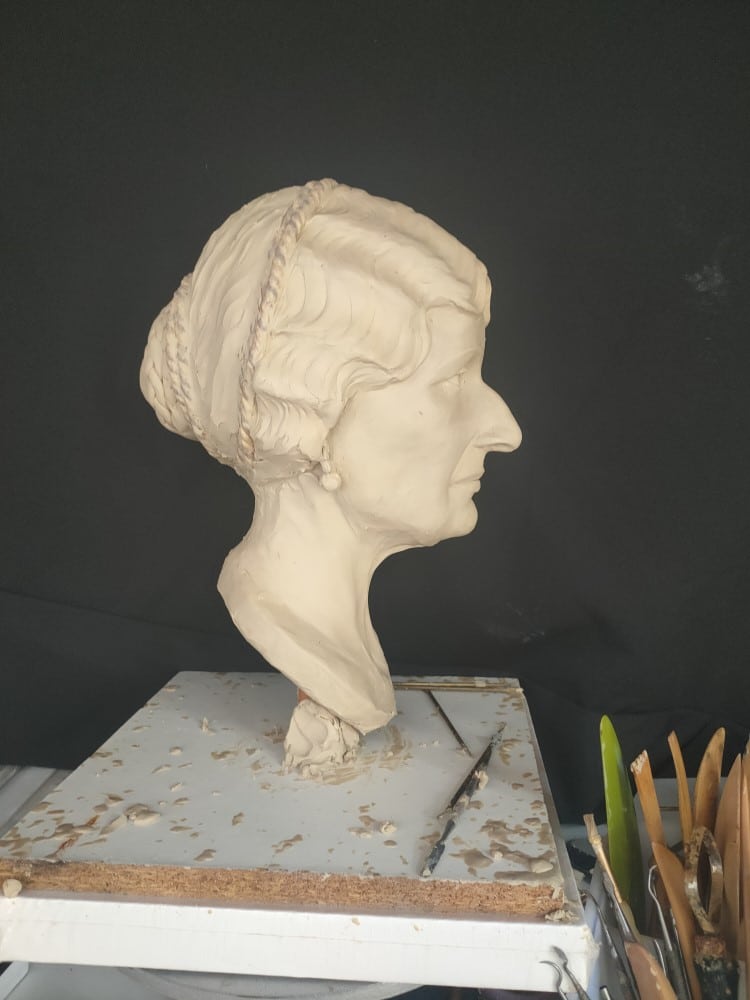
“I hope that the finished sculpture will mean that people will be interested in her as a person.”
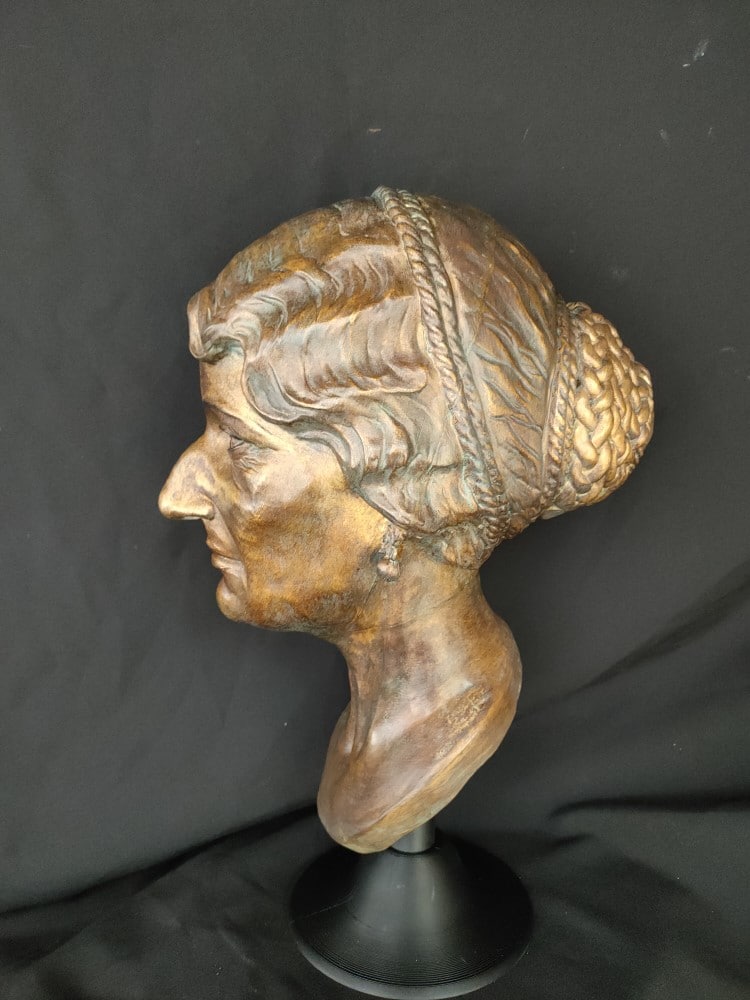
Jennifer Mann: Website
All images via Jennifer Mann unless otherwise noted. My Modern Met granted permission to feature photos by Jennifer Mann.
Related Articles:
View the Reconstructed Face of a 30,000-Year-Old Egyptian Man
Scientific Facial Reconstruction Brings Three Medieval Scots Back to Life
Meet Ava, an Early Bronze Age Woman Buried in Scotland 3,800 Years Ago
Scientists Use DNA To Reconstruct Face of 19th-Century Man Accused of Being a Vampire
